Report finds fewer students heading to college; politicians call for more investment
| Published: 02-12-2023 3:23 PM |
BOSTON — The number of students choosing to attend post-secondary education in Massachusetts has dropped significantly, a trend that started nearly a decade ago and has only been exacerbated during the pandemic.
“The pandemic’s impact and the rising costs of a college education may have contributed to the decrease in two- and four-year college enrollment and the associated increase in students pursuing career and other pathways,” reads a recent report published by the Rennie Center on Education Research & Policy, a Boston nonpartisan education think tank.
The report, “Condition of Education in the Commonwealth 2023,” found enrollment in Massachusetts community colleges has declined by nearly 23,000 students, or 10.4%, since 2015. Meanwhile, the University of Massachusetts and the state university system suffered a significant drop of more than 50,000 students in 2021 alone, though those figures have since rebounded to pre-pandemic levels, the report found.
Locally, Greenfield Community College has seen a similar trend in enrollment. The fall headcount has declined significantly since 2010, when there were 2,583 students. In fall 2022, there were 1,413 students enrolled.
The Rennie Center on Education Research & Policy’s report also highlights the increasing diversification of high school graduates’ planned next steps. Some of these can be attributed to programs such as early college, innovation pathways and internship opportunities.
“Perhaps most notably, the percentage of students reporting that they plan to work directly after high school graduation has risen more than 5% since 2019,” the report states. This trend is also revealed in state data that shows the overall rate of Massachusetts high school graduates who immediately enroll in college has dropped nearly 10 percentage points over the past five years, to 60%.
Two politicians who represent a swath of communities throughout western Massachusetts, Sen. Jo Comerford, D-Northampton, and Sen. Paul Mark, D-Becket, said the figures are even more reason to ramp up investment in public education.
Since 2021, Comerford and Mark have co-sponsored a legislative proposal called the Cherish Act, which aims to address what supporters say is chronic underfunding of public education in Massachusetts.
Article continues after...
Yesterday's Most Read Articles
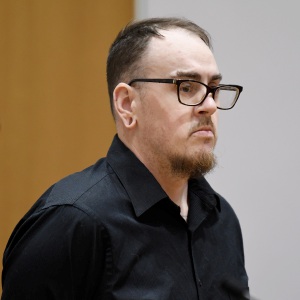 Orange man gets 12 to 14 years for child rape
Orange man gets 12 to 14 years for child rape
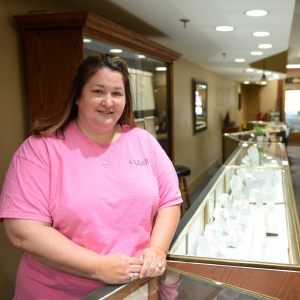 Cleary Jewelers plans to retain shop at former Wilson’s building until 2029
Cleary Jewelers plans to retain shop at former Wilson’s building until 2029
 Greenfield Police Logs: April 2 to April 8, 2024
Greenfield Police Logs: April 2 to April 8, 2024
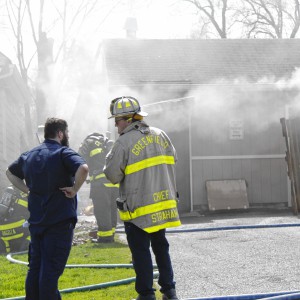 Fire scorches garage on Homestead Avenue in Greenfield
Fire scorches garage on Homestead Avenue in Greenfield
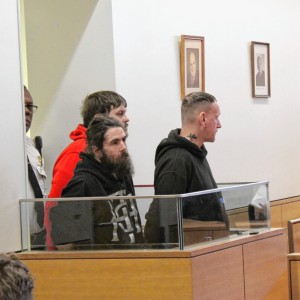 One Greenfield home invasion defendant up for bail, other three held
One Greenfield home invasion defendant up for bail, other three held
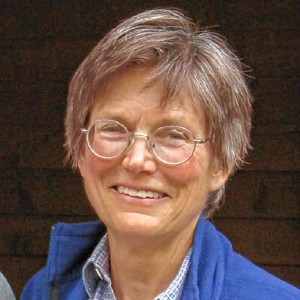 Two local school advocates tapped to lead state’s new Small and Rural Schools Committee
Two local school advocates tapped to lead state’s new Small and Rural Schools Committee
In addition to funneling more money into public higher education, the bill, currently in its third session at the State House since its first filing, also prohibits tuition or fee increases for students enrolled at public colleges and universities between now and 2026, as long as the state meets its funding commitment each year during the implementation period.
Comerford said there is a “moral mandate” to address public funding in education after seeing the “economic devastation” the pandemic has caused. Western Massachusetts was disproportionately hit economically during the height of the outbreak and is still recovering after the 2008 recession, she said.
“There was a lot of economic slowdown and western Mass. struggled with population loss, rural challenges, lack of access to a robust public transit,” Comerford said. “But what we have in great numbers are institutions of higher education.”
In the last two decades, Massachusetts experienced a 20% funding cut for public higher education per student.
Additionally, the state ranks 37th in providing financial aid to students, according to another recent report published by the Hildreth Institute, a Boston organization that focuses on equity in higher education. That report revealed Massachusetts students have faced a 47% cut in financial aid over the past two decades.
“We haven’t kept pace — now we’re near bottom in our investment in public higher education,” Comerford said. “Every dollar we put into public higher education, college or university, will return many times over in ... robust economic activity.”
Comerford noted that while the voter-approved Fair Share Amendment dictates that money raised from the new tax must go toward education and transportation, it does not stipulate how the funds will be allocated. This law, often called the “millionaires tax,” takes effect on March 1 and adds a 4% surtax on annual incomes of more than $1 million.
“People like the Senate president have come out and said (the surtax) will not supplant current funding — it will supplement,” Comerford said. This essentially means that the funds generated from the surtax will not replace public education funding, but will instead “raise the bar.”
Mark said public colleges often get overlooked in a state that is well regarded for its private institutions like Harvard University and the Massachusetts Institute of Technology. There are currently 68 private colleges and universities, 15 community colleges, nine state universities and the five campuses of the University of Massachusetts.
“We have to make sure people that live within the state and pay taxes have the ability to get a similar high-quality education at a public institution that is available with discounted rates for them,” Mark said.
Mark Hudgik, director of admissions and new student onboarding at Holyoke Community College, said the college has felt the increase in the number of people pursuing careers and other pathways after high school rather than higher education. The college has seen a 25-35% decline in enrollment since fall 2019.
Hudgik said the college has been partnering with other community agencies and schools in western Massachusetts to identify students who are opting out in the highest percentages. He added that areas including Holyoke, Springfield and Chicopee are the most impacted by the pandemic and showed the largest decline in enrollment rates.
However, the decline in enrollment started long before the pandemic. Hudgik said there was a surge in enrollment in 2010, which he observed was related to the 2008 recession. During this period, public higher education sectors retained sufficient funding that allowed young people to go to college. After the 2010 surge, though, enrollment at HCC has continued to decline.
Hudgik said this census is concerning from a community standpoint. As fewer people engage in education, the smaller the skilled workforce will become, which in turn impacts the quality of life for all.
“We’re not really competing with any other region or any other sector of higher education — we’re really competing with the choice not to go to college,” he noted.
Despite low enrollment in recent years, Hudgik said there has been a slight return to normalcy this year, as HCC found ways to meet students’ expectations by reassessing education.
Mark worries that many students who take on a lot of debt to earn their degrees will flock to higher-paying jobs in the city rather than in the more rural parts of western Massachusetts.
“When there’s a financial barrier even to go into community college, or the local state university or UMass, that can really make a difference in what your opportunities are,” Mark said.
Despite the challenges, local administrators maintain hope for the efforts made at the state level.
“I think the state is continually looking at creative ways to support higher education,” said Michelle Schutt, who became president of Greenfield Community College in July 2022. “I think there’s a great respect and prioritization of higher education at the state level.”
She acknowledged that sometimes community colleges are impacted, and sometimes they’re not. Still, she spoke confidently of the region’s delegation.
“We have an amazing delegation here in western Mass, and I make contact with them often,” she said. “They’re always willing to listen and to engage and I feel incredibly grateful for that. They recognize how important higher education is in all formats for the people of western Mass.”
Sydney Ko writes through the Boston University Statehouse Program. Greenfield Recorder reporter Mary Byrne contributed to this story.

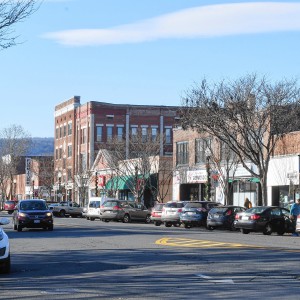 Greenfield City Council approves borrowing $1.18M for Main Street redesign, sewer repairs
Greenfield City Council approves borrowing $1.18M for Main Street redesign, sewer repairs New owners look to build on Thomas Memorial Golf & Country Club’s strengths
New owners look to build on Thomas Memorial Golf & Country Club’s strengths Gun buyback event collects 195 unwanted firearms
Gun buyback event collects 195 unwanted firearms Quabbin region studied for MWRA expansion
Quabbin region studied for MWRA expansion
